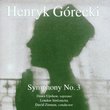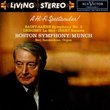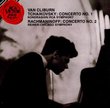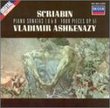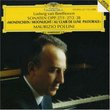| All Artists: John Browne, John Taverner, Robert Carver, Andrew Parrott, Taverner Choir Title: Taverner - Browne - Carver : Masterworks From Late-Medieval England and Scotland (EMI) Members Wishing: 0 Total Copies: 0 Label: EMI Release Date: 1/12/1993 Album Type: Import Genre: Classical Styles: Opera & Classical Vocal, Chamber Music Number of Discs: 1 SwapaCD Credits: 1 UPC: 077774966122 |
Search - John Browne, John Taverner, Robert Carver :: Taverner - Browne - Carver : Masterworks From Late-Medieval England and Scotland (EMI)
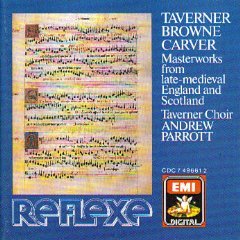 | John Browne, John Taverner, Robert Carver Taverner - Browne - Carver : Masterworks From Late-Medieval England and Scotland (EMI) Genre: Classical
|
Larger Image |
CD DetailsSimilarly Requested CDs
|
CD ReviewsMusical Winds Across the Heathers Giordano Bruno | Wherever I am, I am. | 06/13/2008 (5 out of 5 stars) "There's something of Stonehenge about English polyphony - windswept, grand and lonely - of the 15th Century. Not that it's rude or primitive! On the contrary, it's remarkably sophisticated and quite independent of continental practice. The French and Burgundian composers of the same era heard the difference, and called it the English Countenance, a harmony based on mean tuning, perfect thirds, parallel movement, and avoidance of tonic cadences.
One has to wonder how the howling Picts and naked Britons painted with blue woad evolved in a mere 2000 years into the ruddy Eton College choir boys - manly chaps though a trifle epicene - who have maintained the British choral tradition fron the Middle Ages to the present day. Eton College in the 15th Century maintained one of the largest and most highly skilled choirs, for the singing of the daily liturgical offices, to be heard anywhere in Christendom. That choir has left us its Choirbook, one of the greatest cultural treasures of the United Kingdom; most of the music on this CD comes from that manuscript, a page of which is reproduced on the cover of the text booklet. The notes for this performance are exceptionally ample, by the way, almost an Eton College lecture worth of historical information. John Browne is the composer most represented in the Choirbook; he was a 'scholar' of Eton and perhaps the compiler of the manuscript. Little more is known about him, and even less is known about the Scottish composer Robert Carver. His surviving music, however, was most likely prepared for the large choir of the Scottish Chapel Royal. John Taverner, a generation younger, also wrote for a large established choir, that of Cardinal College, now Christ Church Oxford, under the patronage of Cardinal Wolsey. The presence of such massive choral forces certainly influenced the style and structure of this music. Andrew Parrot's Taverner Choir is exactly suited to perform the six polyphonic masterworks on this CD. Thirty four singers participated in the recording, with the largest number of them on track 6, Taverner's O Splendor Gloriae. Such choral forces are hard to record, but EMI did wonders with this session in 1989. The choristers actually sound like human voices! Of course, tehir precision of diction and articulation deserve much of the credit. Parrot uses women singers on the soprano lines, but the women included have all the 'white voice' purity of choir boys. I've been digging out old CDs from my collection lately, looking for keepers and tossers. This is a prize keeper, but it appears to be out of print, with only a few used copies available. Snap them up!" |

 Track Listings (6) - Disc #1
Track Listings (6) - Disc #1

